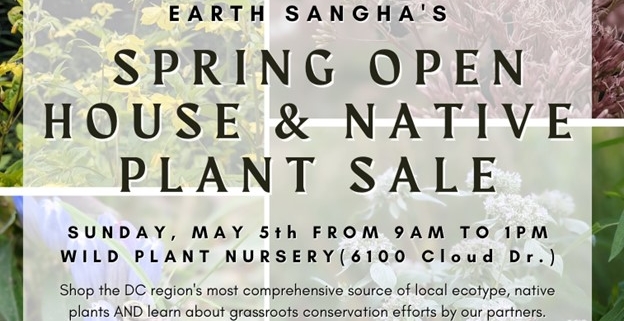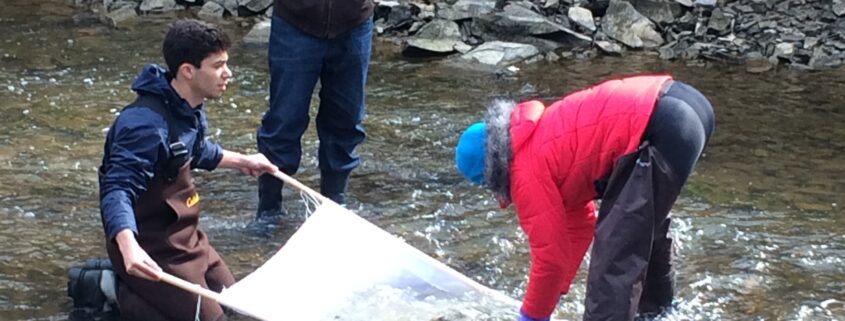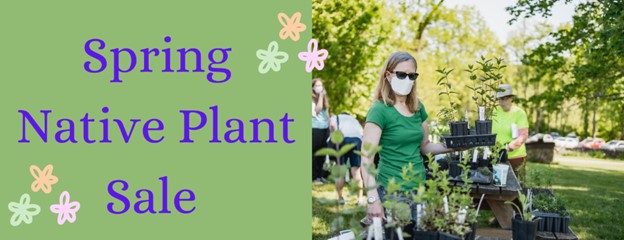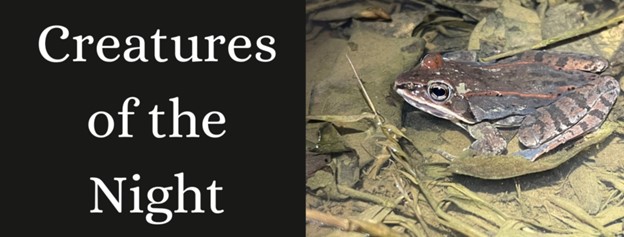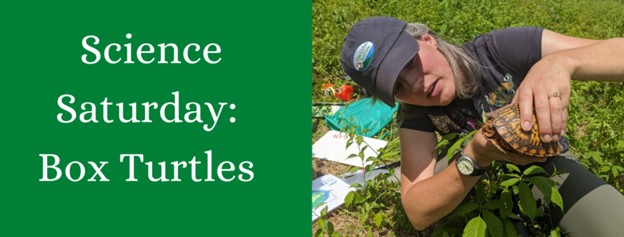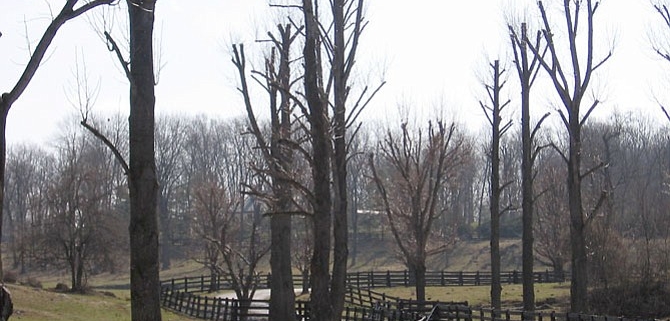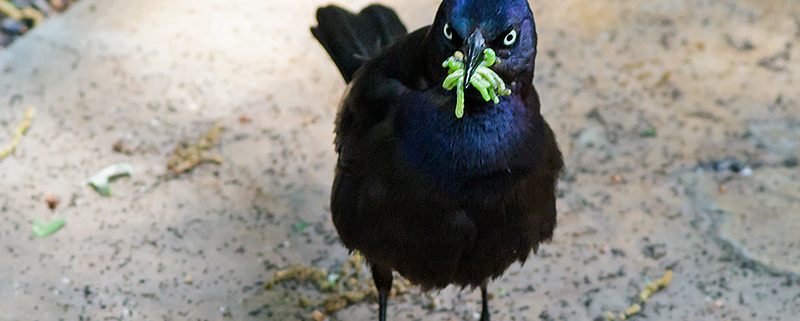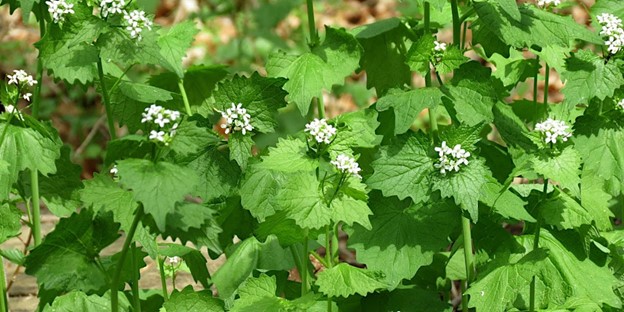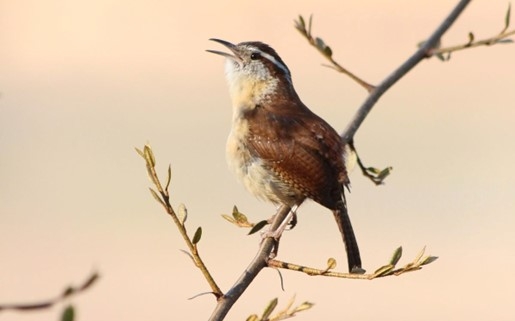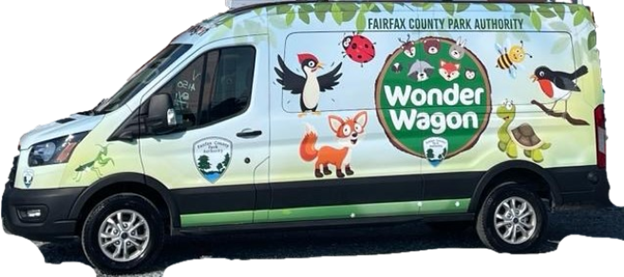Earth Sangha’s Spring Open House and Native Plant Sale, May 5th
Image: Courtesy of Earth Sangha
Sunday, May 5th, 2024
9:00AM – 1:00PM
Earth Sangha Wild Plant Nursery
6100 Cloud Dr.
Springfield, VA 22150
About the Wild Plant Nursery
The Wild Plant Nursery is a unique resource for ecological restoration in the greater Washington, DC, area. Established in 2001 in Springfield, Virginia, under an agreement with the Fairfax County Park Authority, the nursery is the region’s most comprehensive source of local, wild native-plant material (“local ecotypes”). The use of local ecotypes is a standard best practice in ecological restoration because that helps to safeguard genetic diversity and local adaptation in the species planted. The nursery is currently working with about 340 species, some uncommon or rare in the wild in this region. For many of these species, their nursery is the DC area’s only source of production — local ecotype or otherwise. All plants are grown from seed (or spores) that they themselves collect, from over 50 local natural areas. (They collect only with permission.) The nursery serves their own planting programs, as well as those of area governments, schools, businesses, and other conservation nonprofits. They rely on volunteers to run the nursery! To join them, check the Volunteer page for our Field Schedule. Please note that their nursery and office addresses are different. The Wild Plant Nursery is located at 6100 Cloud Dr. in Grove Point Park (formerly known as Franconia Park), Springfield. Our office is located in Annandale but is not open for plant sales.
Earth Sangha’s Wild Plant Nursery Species List


